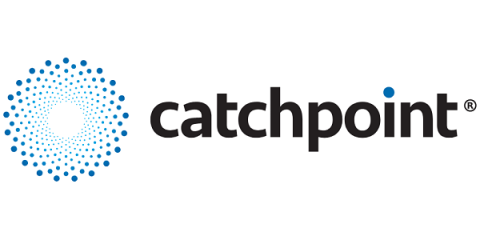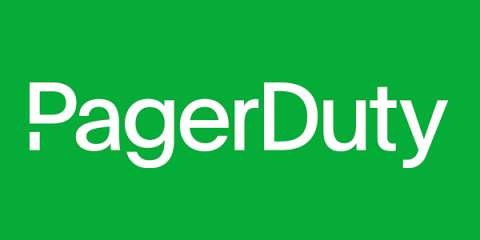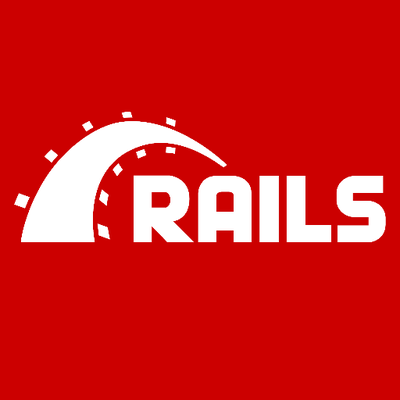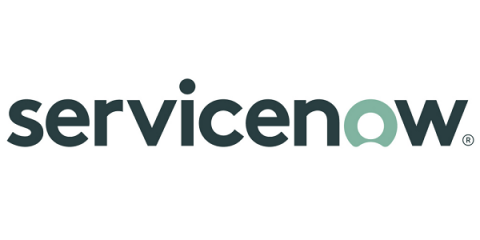Operations | Monitoring | ITSM | DevOps | Cloud
Latest Posts
Release Update - Gullfoss
In today’s Tip of the Day, we will be looking at some of the highlights in our new release: Gullfoss. Named after the spectacular 32 meters waterfall in Iceland, our latest release is no less impressive. All the Catchpoint releases in 2020 have focused on the GUI, workflows, and getting you the answers you need in as few clicks as possible.
Extend the Power of Your Teams With PagerDuty's ServiceNow Integration Update
You asked and we’re delivering! We’re introducing several new and exciting features to PagerDuty’s ServiceNow integration that you, our customers, have requested. Our most anticipated new feature utilizes ServiceNow CMDB (Configuration Management Database) data to easily build service hierarchies in PagerDuty through business service dependencies.
Get on the Right Track with Our Rails Integration!
Thanks to awesome contributions from the community and the hard work of our integrations team, the Honeycomb Rails integration comes with lots of great features out of the box. This post is an end-to-end tutorial to show you exactly the steps involved, from creating a new Honeycomb team to getting your data in and observing your app in production.
Alerting and anomaly detection for uptime and reliability
Being able to easily monitor the health of all your sites and services from multiple global locations is a powerful tool for site reliability. However, no one wants to sit and stare at a status dashboard all day. Naturally, teams want to be alerted when there is an issue. We can do that with alerting in Kibana. And when coupled with Elastic machine learning, alerts can be automatically generated from anomalies that are automatically detected. That’s the power of Elastic Observability.
Don't Let Security Go Up, Up and Away (in the Clouds), Start with Data
Security teams can’t defend what they can’t see. As organizations move more workloads to the cloud, security teams need added visibility into these new workloads or risk having blind spots that lead to compromise. In the first installment of our "Getting Data In" webinar series, "Modernizing your SOC for the Cloud Age Starts with Security Foundations," we demonstrate how to quickly and easily onboard data into Splunk Cloud.
10 amazing benefits of serverless technology
If you’ve heard of the term “serverless architecture” but you have no idea what it means, don’t feel bad. This buzzword (buzz-phrase?) has been on the rise for the past few years, and it doesn’t look like it’s going to stop. More and more cloud companies are trying to promote serverless architectures for businesses. There are plenty of benefits to using a serverless architecture for your business.
Kubernetes 1.19 available from Canonical
Canonical today announced full enterprise support for Kubernetes 1.19 spanning from public cloud to the edge, covering Charmed Kubernetes, MicroK8s and kubeadm. “As with all releases, Canonical is committed to fast following so that users benefit from the latest features, lifecycle operations and enterprise support in line with the upstream. With Kubernetes 1.19, MicroK8s and Charmed Kubernetes also bring enhanced security and carrier grade features.
LogDNA Best Practices
We examined best practices for logging in a prior series. However, how can you apply those best practices in real life? Let’s dive into how you could use LogDNA in an opinionated manner to utilize best practices to bring value to your DevOps-focused projects. How can we ensure we follow best practices and keep our logs secure and compliant as noted in the previous series? Let’s pretend we’re setting up centralized log management with LogDNA for a new team and project.
Digital government comes of age
Governments around the world have long understood the advantages of digitising their services. It’s fair to say, however, that most public sector agencies are just beginning their digital journeys. Public agencies face unique challenges compared to the private sector. Notably, they serve citizens rather than customers. This simple difference means greater pressure to deliver digital services within strict budgetary limits while protecting data and complying with regulations.











